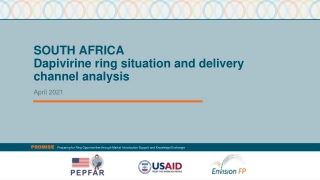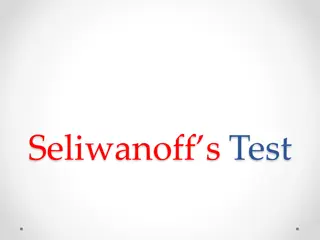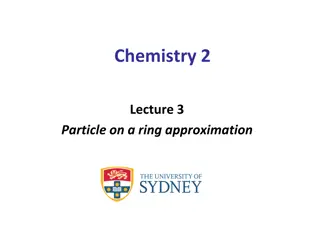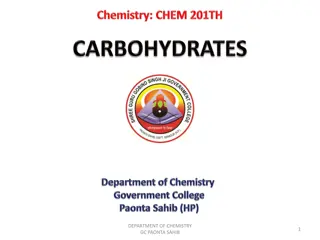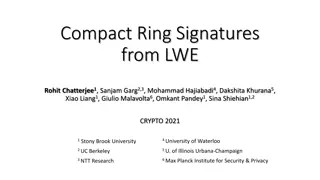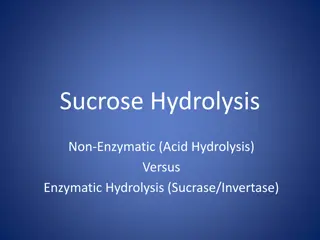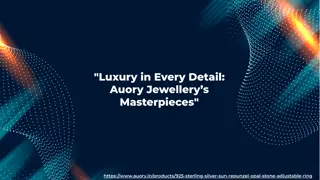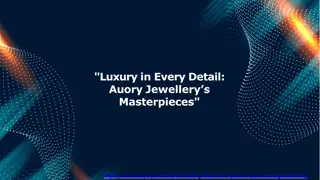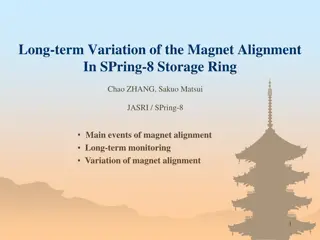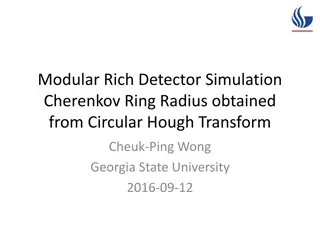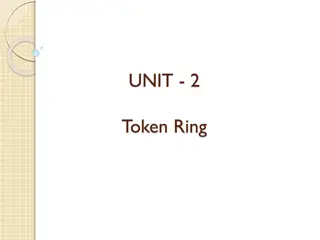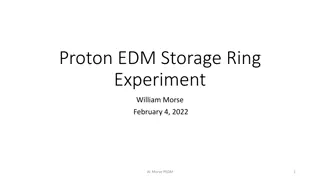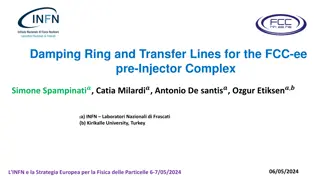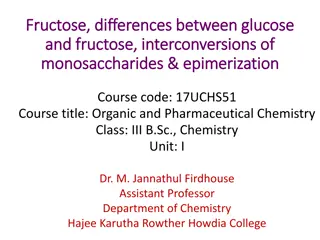Comprehensive Analysis of Fructose Ring Structures in Chemistry Department at GC Paonta Sahib
Explore the ring structures of D-(-)-fructose in the chemistry department at GC Paonta Sahib, including the limitations of the open-chain structure, pyranose and furanose structures, ring size determination, and Haworth projection formulae. Discover the complexities and intricacies of fructose isomerism and cyclic forms through detailed visual representations and explanations.
Download Presentation

Please find below an Image/Link to download the presentation.
The content on the website is provided AS IS for your information and personal use only. It may not be sold, licensed, or shared on other websites without obtaining consent from the author.If you encounter any issues during the download, it is possible that the publisher has removed the file from their server.
You are allowed to download the files provided on this website for personal or commercial use, subject to the condition that they are used lawfully. All files are the property of their respective owners.
The content on the website is provided AS IS for your information and personal use only. It may not be sold, licensed, or shared on other websites without obtaining consent from the author.
E N D
Presentation Transcript
CHEMISTRY DEPTT GC PAONTA SAHIB 1
RING STRUCTURE OF D-(-)-FRUCTOSE Limitations of the Open Chain Structure of Fructose Pyranose Structure of D-(-)-Fructose Ring Size of D-(-)-Fructose Haworth Projection Formulae 2 CHEMISTRY DEPTT GC PAONTA SAHIB
Limitations of the Open Chain Structure of Fructose The open chain structure of fructose accounts for most of its properties but fails to explain the following facts: D-Fructose does not react with sodium bisulphite even though it contains a ketonic group. It exists in two stereoisomeric farms, i.e., -D-(-)-fructose and - D-(-)-fructose which show mutarotation. It forms two stereoisomeric methyl fructosides on treatment with methanol and dry HCl gas. CHEMISTRY DEPTT GC PAONTA SAHIB 3
Pyranose Structure of D-(-)-Fructose To explain limitations of open chain structure and certain other facts of D-fructose, it was suggested that fructose exists in a cyclic hemiketal structure. It was assigned a six- membered hemiketal or pyranose structure which is formed by combination of ketonic group at C-2 and hydroxyl group at C-6 to give rise to - and -D-fructose as shown below CHEMISTRY DEPTT GC PAONTA SAHIB 4
Ring Size of D-(-)-Fructose The procedure used for determining the ring size of fructose was similar to that in case of glucose, but fructose derivative (IV) is first oxidised with dil. HNO3 and then with KMnO4. By doing so Iactone (VI) is obtained which upon oxidation with moderately conc. HNO3 gave D-arabinotrimethylglutartc acid. This confirmed six- membered or pyranose ring of fructose. CHEMISTRY DEPTT GC PAONTA SAHIB 5
CHEMISTRY DEPTT GC PAONTA SAHIB 6
Haworth Projection Formulae The Haworth projection formulae of - and -D-fructopyranose may be represented as follows CHEMISTRY DEPTT GC PAONTA SAHIB 7
Furanose Structure of D-(-)-Fructose Although in the free state fructose has the six-membered cyclic or the pyranose structure but in the combined state such as in fructosides, disaccharides like sucrose, etc., fructose always has the five-membered cyclic ring structure or the furanose structure. The Fischer and Haworth projection formulae for - and -D-fructofuranose are given below CHEMISTRY DEPTT GC PAONTA SAHIB 8
Conformations of - and -D-(-)-Fructose Like glucose, fructose also exists in the chair conformation. The chair conformations of - and -D-(-)-Fructoses are given below CHEMISTRY DEPTT GC PAONTA SAHIB 9
Structure of Disaccharides Sucrose Maltose Lactose CHEMISTRY DEPTT GC PAONTA SAHIB 10
CHEMISTRY DEPTT GC PAONTA SAHIB 11
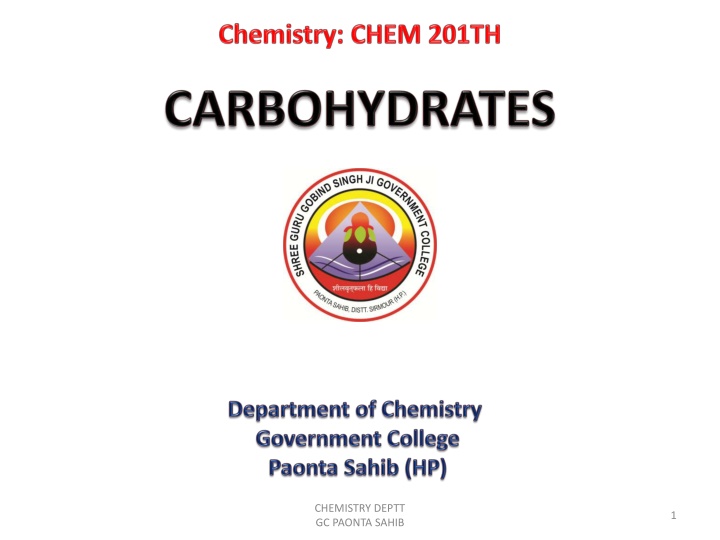

![❤[PDF]⚡ Planetary Ring Systems (Springer Praxis Books)](/thumb/21506/pdf-planetary-ring-systems-springer-praxis-books.jpg)
